What comes to your mind when you imagine summer in Japan?
Beaches? Chilled beer? Sunshine?
For many Japanese, summer means fireworks, festivals, watermelons, and shaved ice. In this article, we’ll introduce you what Japanese people eat and do in summer, and a few things to watch out for as well as how to cope with the summer weather in Japan.
When is summer in Japan?
June, July and August are the summer months in Japan with the rainy season usually from early June to mid-July for most areas. Before the rainy season starts, it’s relatively warm and sunny. After the rainy season is over, it gets extremely hot and humid with August being the hottest month of the year.
What foods do Japanese people like eating in summer?
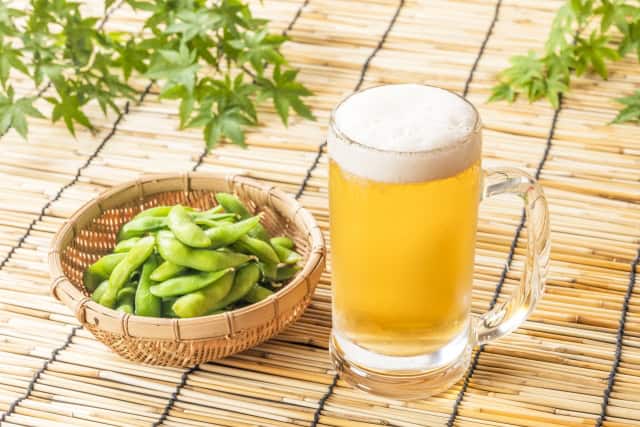
* Edamame (boiled and salted green soybeans)
This is one of the popular foods that you eat at home in summer in Japan as well as at an Izakaya (Japanese pub) with ice-cold beer.
If you would like to try edamame, you can usually purchase frozen packages of edamame soya beans in a pod at a supermarket outside of Japan and it’s easy to prepare and eat.

* Kakigori (shaved ice with various flavours of syrup)
Strawberry, Melon, and Ujikintoki (matcha syrup and azuki sweet red beans) make the top 3 popular kakigori flavours.
Many Japanese not only children but also grown-ups love to eat kakigori at home, a tea house or at a festival during summer in Japan.

* Hiyashi Chuka (chilled ramen noodles in a cold tare sauce with some meat and summer veggies)
This is one of the must-eat summer foods in Japan. Many Japanese people make it at home or get a ready-made one from a supermarket or a convenience store especially for lunch.
The popular toppings include shredded ham, fried egg, cucumber with some wakame seaweed, boiled shrimp and tomato, but you can have anything you like such as some left-over roasted chicken or boiled egg, etc.
Some Japanese supermarket sell packets of dried hiyashi chuka ramen noodles with tare sauce in the UK, US, etc. and it’s not too difficult to make, so you might like to try making it yourself. Incidentally, if you would like to make the tare sauce (broth) from scratch, Kurumi Cooks has the Hiyashi Chuka recipe and you can watch it here on YouTube as well.

* Hiya-yakko (chilled silken tofu topped with chopped green onion, grated ginger and katsuobushi/ dried bonito flakes)
This is super easy and quick to make. Japanese people love to make and eat this at home in the hot summer as no cooking is required. The most popular toppings are grated ginger, chopped green onions and dried bonito flakes, but it can be anything you like such as sliced or chopped cucumber, tomato, watercress, etc. Also, instead of soy sauce, you can use Italian dressing or just pour extra virgin olive oil, a pinch of salt and black pepper over the tofu to taste as well.
Here’s the quick and easy Hiyayakko recipe on YouTube by Japanese Cooking 101.
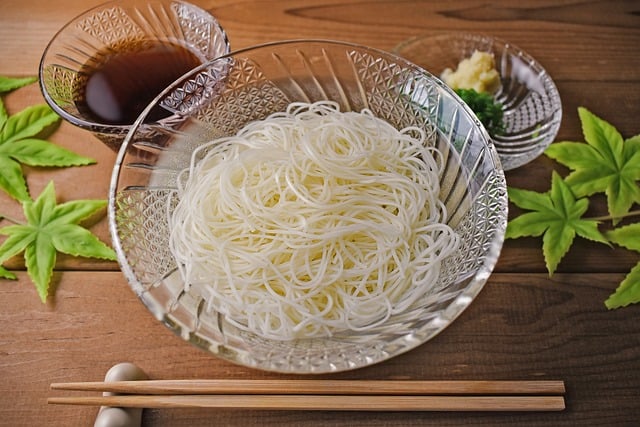
* Somen / Hiyashi Somen (chilled thin white Japanese noodles with dipping sauce)
This is one of the most eaten summer foods in Japan. Japanese people make it at home or they get a ready-made one from a supermarket or a convenience store especially for lunch.
Dried somen noodles and tsuyu dipping sauce are usually available at Japanese supermarkets outside of Japan, so if you would like, you can try making it yourself.
Here is how to cook somen noodles and the boiling process on YouTube by Ibonoito, the best selling hand made somen in Japan.
Although the quickest one to make is by Just One Cookbook on YouTube; Japanese Cold Somen Noodles #shorts
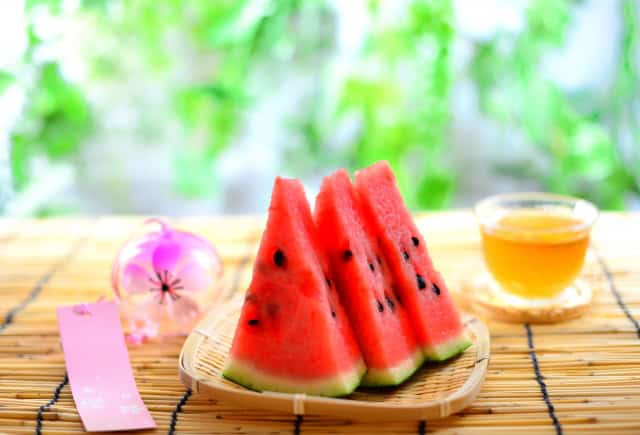
* Watermelons
Chilled and sliced or chunked watermelon is one of the most popular desserts or snacks to eat in summer in Japan.
Also, there is a traditional summertime group game called Suika Wari (Watermelon splitting) that Japanese people play often at the beach. First, one person gets blindfolded, and spun around at least 3 times. Second, the person tries to go towards a whole watermelon placed on the ground at some distance away and crack it with a wooden stick.
You can watch how to play Suika Wari here on YouTube.
What do Japanese people do to enjoy summer?

* Drinking beer at a rooftop beer garden
During the summer months in Japan, many beer gardens are open at the rooftops, terraces and gardens of major department stores, hotels, shopping complexes and malls. Most of them offer all-you-can drink packages for 90 minutes or 2 hours with an all-you-can eat BBQ option, set menu party plan, or a la carte menu to select. Each venue usually has a food theme such as California style, Japanese style or Korean style BBQ and foods.
A lot of Japanese like going to a beer garden with their colleagues after work or with friends and family members over the weekends to enjoy nice cold beer while admiring the great view especially from a rooftop beer garden in the summer in Japan.

* Going to a festival
Festival is called matsuri in Japan and a lot of matsuri are held in summer all over Japan.
At a matsuri festival, there are plenty of food stalls selling tasty festival foods such as Yakisoba (fried noodles), Ikayaki (grilled squid), and Takoyaki (octopus balls), etc. For games, the popular ones to play at the festivals include Kingyo sukui (goldfish scooping), Yo-yo tsuri (yo-yo fishing), and Wanage (ring toss). Both children and adults alike enjoy going to matsuri festivals in summer in Japan.

* Going to watch or participate in a dance festival
There are also many traditional odori (dance) festivals held in summer in Japan that people can enjoy watching or participating in them as well.
The top 3 dance festivals are Awa Odori (Awa Dance Festival) in Tokushima, Shikoku Island, southwest of Japan’s main island, Gujo Odori (Gujo Dance Festival) in Gifu Prefecture, and Nishimonai Bon Odori (Nishimonai Bon Odori Dance Festival) in Akita Prefecture.
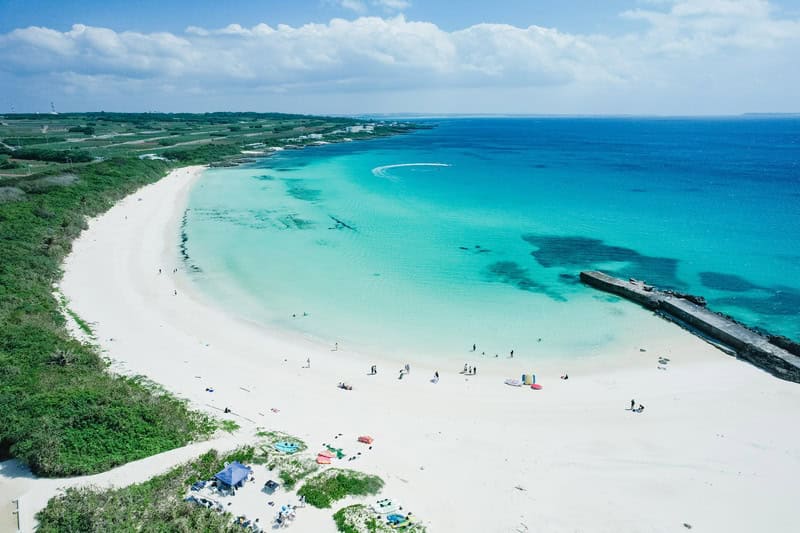
* Spending time at the beach
Swimming, surfing and building sand castles as well as relaxing and sunbathing are the popular beach activities that people enjoy in the summer in Japan.
Okinawa, the southern-most prefecture, is one of the popular summer holiday destinations where you can enjoy not only the beautiful views of the blue sea and white beaches but also doing marine activities such as diving and snorkeling.
Nearer to Tokyo, there’s the Shonan coast in Kanagawa Prefecture, which is well-known for its great surfing area and it’s just an hour away from Tokyo.
The closest beach from Central Tokyo is Odaiba Beach, an artificial sand beach stretching 800 meters in length offering stunning views of the Rainbow Bridge, Tokyo skyline and Tokyo Bay. The beach is mainly for strolling and/or relaxing as swimming and fishing are prohibited, but you can play volleyball, football or frisbee. There are some interesting museums and buildings as well as plenty of shops and restaurants in the Odaiba area, which is only half an hour away from Central Tokyo.

* Watching colorful fireworks in the night sky
In the summer in Japan, there are a lot of spectacular fireworks displays held across the country.
Hanabi in Japanese means fireworks and Hanabi Taikai means a fireworks festival or fireworks show/display in English.
The popular fireworks that people go to watch include the Sumida River Fireworks Festival in Tokyo, the Biwako Fireworks Festival in Shiga Prefecture, and the Nagaoka Fireworks Festival in Niigata Prefecture. Japanese people enjoy watching those breathtaking fireworks in summer.
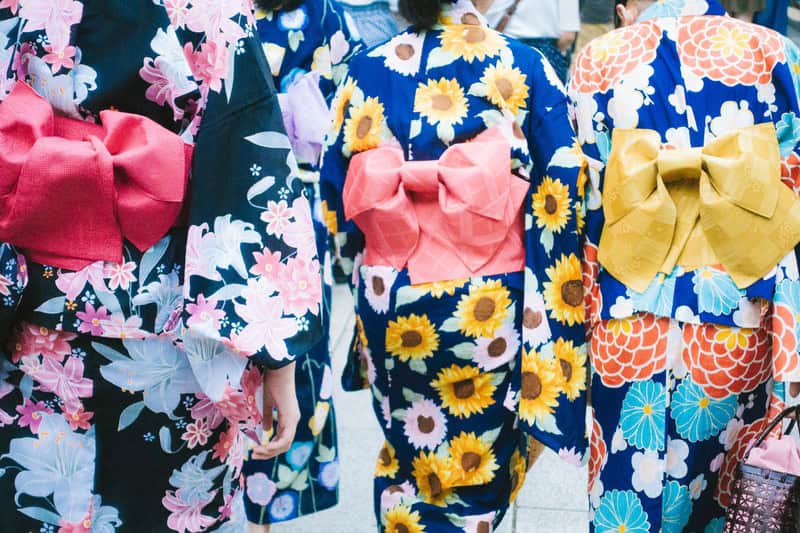
Also many girls and women wear yukata (summer kimono) for going to festivals in the summer in Japan.
What are the things to watch out for during the summer in Japan?
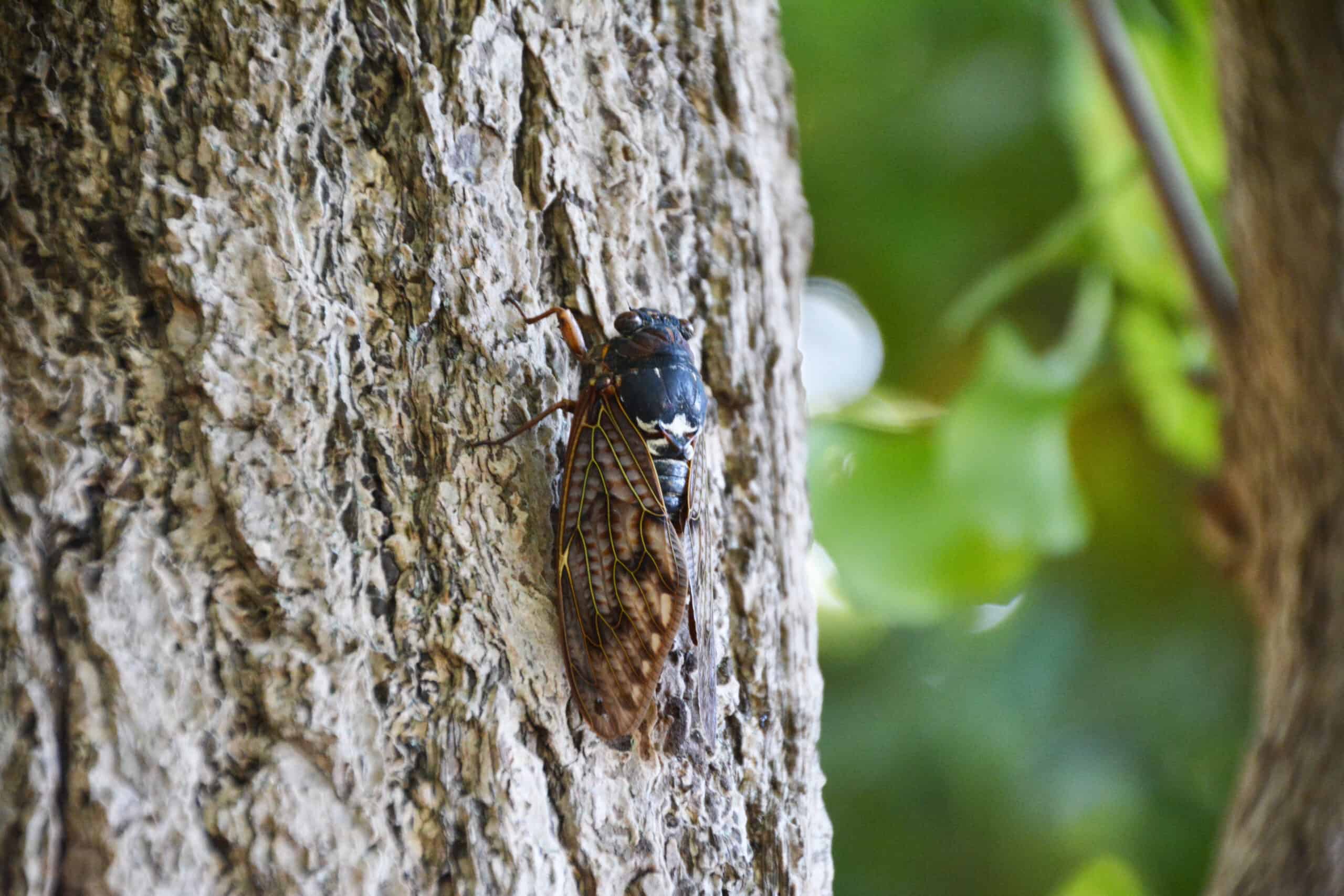
* Cicadas make so much noise
Cicadas are called semi in Japan. They tend to start making noises right after the rainy season is over, which makes Japanese people feel that the summer is here. There are more than 30 kinds of semi Japanese cicadas, and a couple of common and noisier ones are Min-min zemi cicadas that make sounds as min min or ming ming and Abura-zemi cicadas that make buzzing sounds like ji ji ji or zi zi zi …
You can hear cicada noises not only in the countryside but also in the big cities in the summer in Japan. Even though they make such a racket at all times, they’re one of the summer features of Japan that you can’t miss. When you watch a Japanese TV drama, movie or anime that sets in the summer, there’s always the sounds of semi cicadas in the background that you can hear.

* Mosquitoes buzzing around and getting their itchy bites
The mosquitoes during the summer in Japan can be quite relentless so it’s best to prepare.
They are present in urban areas as well as rural places and they are most active when the temperature is between 25 and 30 degrees Celsius. What’s interesting is that only female mosquitoes bite to get some protein in order to lay eggs as male mosquitoes are vegetarians.
There are a lot of mosquito repellents available such as spray or lotion types, bracelets, incense coils, and electric mats. You can get them at a chemist, supermarket, or convenience store. Getting after-bite lotions or ointments is a good thing too, as bites with red bumps can be very itchy.

* Extreme weather
The summer in Japan is extremely hot and humid.
Even inside your house or flat, as it gets very hot with high humidity, the government urges people to use air conditioners at home and drink plenty of water to avoid getting heat-related illnesses during the summer season in Japan.
Also, the weather forecasts have warning display symbols to alert people in the summer in Japan. For example, avoid going out under the scorching sun or have plenty of water and rest with Emoji Icons.
How hot does Japan get in the summer?
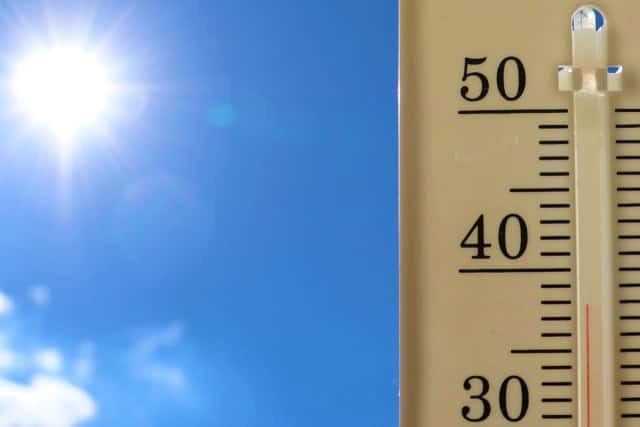
The summer weather in Japan can be unbearably hot and muggy.
In July and August, the daytime summer temperatures in Japan are over 30 degrees Celsius in many places, and can go up to 35 – 38 or even over 40 degrees Celsius in some places.
Even at night time, the temperatures are above 25 – 28 degrees Celsius for most places, which makes it difficult to sleep in the summer in Japan.
How to survive summer in Japan

During the hot summer months, Japanese people try to be in a cool air conditioned room as much as possible, and have a lot of cold drinks and foods to keep themselves cool.
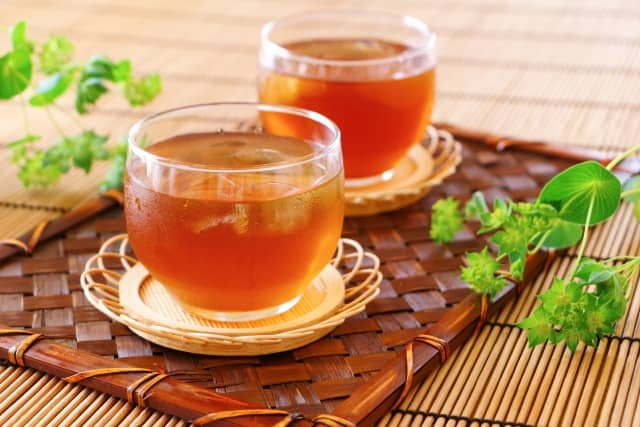
Apart from mineral water, many people like to drink cold mugi cha (barley tea) or oolong tea (a kind of Chinese tea) as well as iced coffee and green tea in the summer in Japan.

Also, some use a sun parasol against the scorching summer sun while being outside and walking.
Many people feel uncomfortable when the temperature goes above 30 degrees Celsius.
So, when it’s hot, it’s definitely better to be in a cool place and to stay hydrated.
If you’re wondering when the best time to visit Japan, please read our When is the best time to visit Japan post or if you’re looking to learn more about Japanese culture, please take a look at our other culture articles about Japanese holidays like Golden Week or Christmas in Japan.


